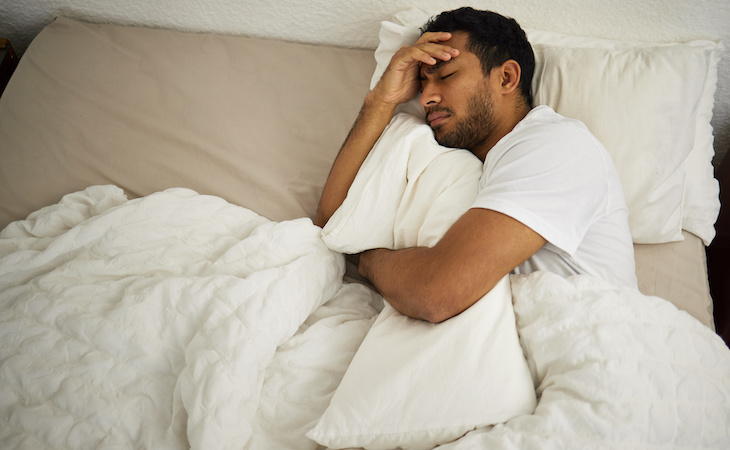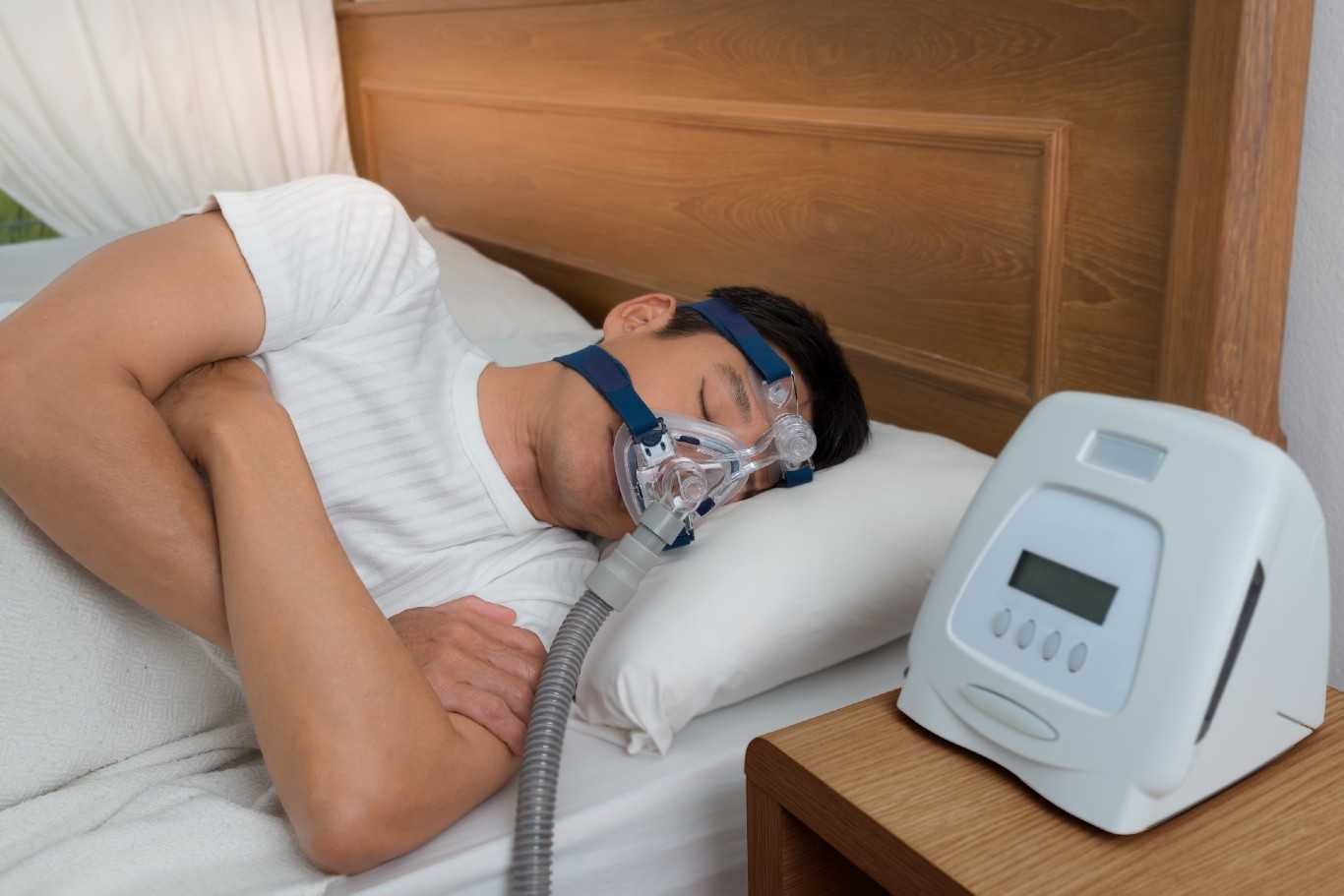Cognitive Behavioral Therapy for Insomnia (CBT-I) - Proven Techniques
Cognitive Behavioral Therapy for Insomnia (CBT-I) - Proven Techniques
Blog Article
Reliable Therapy Solutions for Handling Rest Disorders and Enhancing Relaxed Sleep
In the realm of healthcare, the administration of sleep problems and the quest for relaxed sleep are essential components of total wellness. Reliable treatment solutions offer a complex technique to deal with these difficulties, ranging from cognitive behavior treatments to holistic practices that promote relaxation and mindfulness. The expedition of various methods, including the assimilation of drug and light treatment, opens up a realm of possibilities in the search of far better rest quality. As we navigate the intricate landscape of sleep disorders and look for to improve our sleep experience, a much deeper understanding of these therapy options might hold the secret to opening an extra rejuvenating and fulfilling restorative journey.
Cognitive Behavior Modification for Sleeping Disorders (CBT-I)
Cognitive Behavior Modification for Sleeping Disorders (CBT-I) is a structured, evidence-based therapy technique that concentrates on resolving the underlying elements adding to sleep disruptions. This sort of treatment intends to modify behaviors and ideas that aggravate insomnia, inevitably promoting healthy and balanced sleep patterns. CBT-I generally entails several vital elements, including cognitive therapy, sleep constraint, stimulus control, and rest health education and learning.
Cognitive therapy helps people recognize and change unfavorable thought patterns and beliefs regarding rest that may be hindering their capacity to drop or stay asleep. Sleep constraint entails restricting the quantity of time spent in bed to match the individual's actual rest period, therefore raising sleep performance (insomnia solutions). Stimulation control methods help establish a strong association in between the bed and rest by motivating people to visit bed only when drowsy and to stay clear of taking part in stimulating tasks in bed
In addition, rest health education and learning concentrates on establishing healthy rest behaviors, such as maintaining a constant sleep schedule, creating a relaxing bedtime routine, and optimizing the sleep environment. By resolving these elements thoroughly, CBT-I uses an efficient non-pharmacological treatment for taking care of sleeplessness and boosting overall rest quality.
Sleep Hygiene Practices
Having actually developed the structure of cognitive restructuring and behavioral adjustments in addressing sleeplessness via Cognitive Behavior modification for Insomnia (CBT-I), the focus currently moves in the direction of exploring important Rest Hygiene Practices for maintaining ideal sleep quality and general well-being.
Sleep health techniques encompass an array of behaviors and ecological elements that can dramatically impact one's capability to fall asleep and stay asleep throughout the evening. Constant sleep and wake times, creating a relaxing bedtime regimen, and maximizing the rest setting by keeping it dark, silent, and cool are crucial parts of good rest health. Limiting exposure to screens prior to going to bed, avoiding energizers like high levels of caffeine near going to bed, and taking part in routine physical activity throughout the day can likewise promote much better rest high quality.
Moreover, practicing relaxation strategies such as deep breathing workouts or reflection before bed can assist relax the mind and prepare the body for sleep. By incorporating these sleep hygiene methods right into one's daily regimen, individuals can develop a healthy sleep pattern site that sustains relaxed rest and overall wellness.
Leisure Strategies and Mindfulness
Executing leisure techniques and mindfulness practices can play a critical function in cultivating a sense of calm and promoting high quality rest. sleep deprivation help. These strategies aim to quiet the mind, decrease tension, and create an ideal atmosphere for peaceful rest. One commonly exercised approach is deep breathing workouts, where individuals concentrate on slow-moving, deep breaths to unwind the mind and body. Progressive muscle mass relaxation involves tensing and afterwards launching each muscle mass group, promoting physical leisure. Additionally, guided images can aid transfer individuals to a peaceful location in their minds, assisting in stress and anxiety decrease and boosting sleep quality.
By incorporating these practices into a bedtime regimen, people can indicate to their bodies that it is time to prepare and relax for rest. In general, integrating relaxation strategies and mindfulness methods can dramatically add to taking care of sleep conditions and enhancing general rest top quality.

Medicine Options for Sleep Disorders
After discovering relaxation strategies and mindfulness practices as non-pharmacological treatments for boosting sleep top quality, it is important to consider medication alternatives for individuals with rest problems. In situations where lifestyle modifications and treatment do not give adequate alleviation, medicine can be a useful tool in taking care of sleep disruptions.
Typically prescribed medicines for rest problems consist of benzodiazepines, non-benzodiazepine hypnotics, antidepressants, and melatonin receptor agonists. Benzodiazepines, such as diazepam, are sedatives that can aid cause rest, however they are typically advised for temporary use due to the danger of dependence. Non-benzodiazepine hypnotics like zolpidem are likewise made use of to treat sleeplessness and have a reduced risk of dependancy browse this site compared to benzodiazepines. Antidepressants, such as trazodone, can be advantageous for individuals with co-occurring anxiety and rest disruptions. Melatonin receptor agonists, like ramelteon, target the body's natural sleep-wake cycle and can be practical for managing rest patterns.
It is critical for people to seek advice from a medical care service provider to establish one of the most suitable drug choice based upon their details sleep problem and case history.
Light Therapy for Circadian Rhythm Policy
Light treatment, additionally referred to as photo-therapy, is a non-invasive therapy method used to regulate circadian rhythms and enhance sleep-wake cycles. This treatment includes exposure to brilliant light that mimics all-natural sunlight, which helps to reset the body's interior clock. By exposing individuals to details wavelengths of light, commonly in the early morning or night relying on the preferred result, light therapy can successfully change the circadian rhythm to advertise wakefulness throughout the day and boost relaxing sleep during the night.
Research study has shown that light treatment can be specifically useful for individuals with body clock check conditions, such as delayed sleep stage disorder or jet lag. It can likewise be useful for those experiencing seasonal affective condition (SAD), a kind of clinical depression that generally takes place during the cold weather when natural light exposure is lowered. Light treatment is usually well-tolerated and can be utilized combined with other therapy approaches for sleep problems to maximize end results and enhance total rest top quality.
Final Thought
To conclude, reliable treatment services for handling rest problems and improving relaxing sleep include Cognitive Behavior modification for Sleeping Disorders (CBT-I), sleep hygiene techniques, relaxation techniques and mindfulness, medicine choices, and light treatment for circadian rhythm policy. These techniques can aid individuals boost their rest high quality and general wellness. It is essential to talk to a doctor to establish the most suitable approach for dealing with rest issues.
As we navigate the elaborate landscape of sleep disorders and look for to boost our rest experience, a much deeper understanding of these therapy services may hold the key to opening an extra relaxing and fulfilling corrective trip.
Rest restriction entails limiting the amount of time spent in bed to match the individual's actual sleep period, therefore enhancing rest efficiency. Consistent sleep and wake times, developing a relaxing bedtime routine, and enhancing the sleep environment by keeping it dark, quiet, and cool are essential components of excellent sleep hygiene. Light therapy is generally well-tolerated and can be used in conjunction with various other therapy approaches for sleep disorders to optimize outcomes and boost general sleep high quality.

Report this page